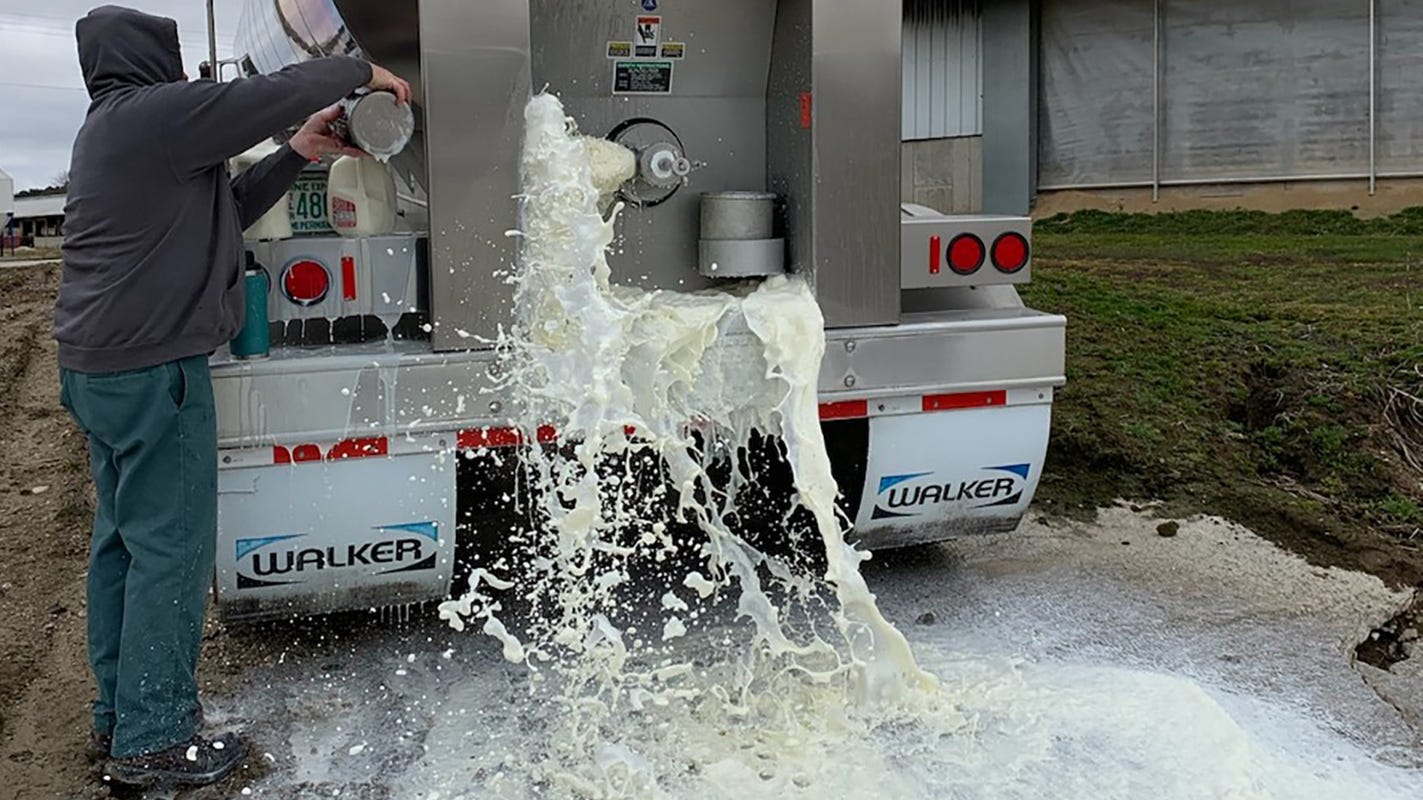For my group project, I worked with the Salish Center for Sustainable Seafood, a NGO committed to educating the public about reef netting and other sustainable fishing methods in order to preserve the Salish Sea. Our work was particularly focused on helping the Salish Center establish a PDO (protected designation of origin) for all seafood caught in the Salish Sea. The intention behind a PDO is the center’s belief that seafood from the Salish Sea is special and better than seafood harvested elsewhere. They also hope that PDO will increase consumer knowledge and interest in the Salish Sea and encourage engagement and a desire to protect it.

On one hand, a PDO would be great in helping people purchase locally sourced seafood and understand the origins of their food. This is the kind of action that is encouraged in readings like The Pleasure of Eating and the lecture Localism. However, you also have to wonder, would a PDO really accomplish much in encouraging sustainable fishing methods and preserving the Salish Sea? The fact is – 70% of seafood is eaten in restaurants. The average American likely does not regularly prepare seafood or can’t afford to eat it on a regular basis. Seafood is a luxury item, and locally sourced, sustainably caught seafood is even more expensive. While a PDO would help restaurants source locally caught seafood, that’s a pretty niche audience and honestly doesn’t seem like it would help broadly increase consumer knowledge about the Salish Sea. While consumer knowledge can encourage activism, I also wonder if this depends too much on the individualist consumer habits and lures people into complacency. Consumers may feel like they are doing enough by buying local seafood, but will that make them interested in protecting the Salish Sea and promoting sustainable fishing methods?

Map of the Salish Sea
The United States has a lot more legally enforced sustainable fishing practices than other countries, but the PDO would not require that the seafood harvested in the Salish Sea be caught sustainably or at least to the levels of sustainability that the Salish Center advocates for. With this in mind, you have to wonder what exactly a PDO would accomplish and if there would be a more effective way to protect the Salish Sea. Other NGOs are also working towards similar goals and it would be nice to see more collaboration between them in the future, especially in establishing a PDO or encouraging sustainable fishing methods: a notable one in the Puget Sound area is Long Live the Kings, an organization that works to support sustainable fishing practices and restore the wild salmon populations.

/cdn.vox-cdn.com/uploads/chorus_asset/file/19897825/shutterstock_1672543654.jpg)
